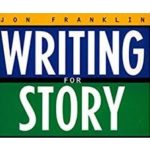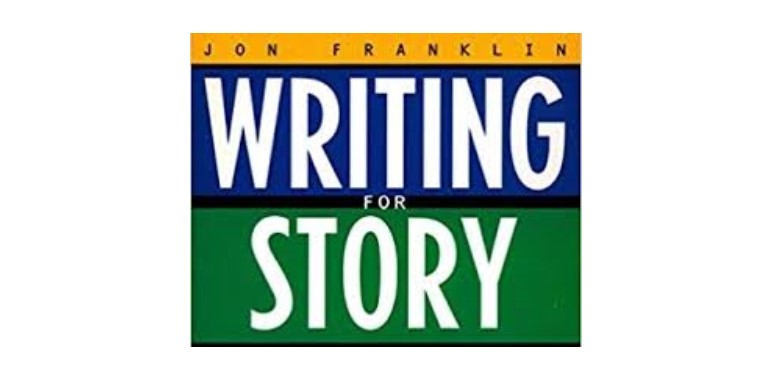A primer on how do get editors gushin’ rather than cussin’.
A pitch is a writer’s description of a potential story (and why it should matter) to an editor.
It makes the case for doing a certain story at a certain point in time.
Rachel Deahl, columnist and news director for Publishers Weekly, says a good pitch, either written or made in person, should quickly and succinctly:
Introduce you, the writer;
Summarise the story you want to write and spell out the angle; and
Explain why that story matters.
In other words, you need to tell your editor why your idea is timely, unique, important, and/or of interest to his readers.
Who is your reader?
Crafting a pitch with this in mind should force you to think about exactly who you are trying to write for. Who is your reader? Who are the readers of a particular publication you seek to write for? Answer these questions and then tailor your pitch with them in mind.
And for pity’s sake, before you write your pitch, do some online checks to see what has already been written about your topic before. There is no sense in reinventing the wheel. The goal is to come up with something new, fresh or interesting.
Angles
But always remember the old news writing adage: There are no new stories, only new angles. This doesn’t mean you should become disheartened, only that you need to sharpen your pencil.
Many people have already written about homestay owners on the Wild Coast. It’s an old story, but don’t lose hope, you just need to find a fresh angle.
For example, your pitch should not be that you plan to interview a homestay owner about tourism opportunities but rather that you plan to interview an owner who is blind and the challenges he faces or someone who caters for vegans.
I am making this up, but you get the point. You need to narrow your focus so you can find a new angle.
Practicalities
For a story of any length, suh as a feature, the pitch should also touch on the practicalities that need to be addressed to make the story work.
You need to tell the editor not only what you plan to write, but how you come to have/or will be getting the source material needed to write the story.
You must show the editor that your pitch isn’t a wish-list, that you have identified what you need to find out and from whom and that you have a workable plan to get that material.
Specifics
For example, don’t tell your editor: I plan to write a story about the lack of job opportunities facing young people on the Wild Coast, tell the editor who you have interviewed or who you plan to interview and about what precisely.
Your pitch should state: I have conducted interviews with Mr X; Mrs Y; and Miss Z or I plan to speak to the following people about A; B; and C.
Doing this helps your editor spot any gaps in your thinking, opening the door for him to better guide the fact-gathering and story shaping process.
It also helps if you can think of a headline for your pitch/story.
Get ahead
If you can reduce your story idea into a clear, concise and compelling headline it suggests you may have something worth writing about and that you understand its ins and outs.
This signals to the editor to take your pitch seriously, that he can expect something that will work out; something do-able (not another vague wishlist).
Waiting for my man…
And finally, a word from the late rock n roller, Lou Reed: “Political about what? You give me an issue, I’ll give you a tissue and you can wipe my ass with it.”
The lesson to take away from Lou in the context of journalism is: Don’t write about issues, per se, write about the people who illuminate the issues. So when you are pitching have a clear idea of how you are going to tell the story through the lives and experiences of real people. – Roving Reporters

NOW READ: Whether you are writing a news story or a feature, start your story with a bang. Hook the reader with your opening line!













